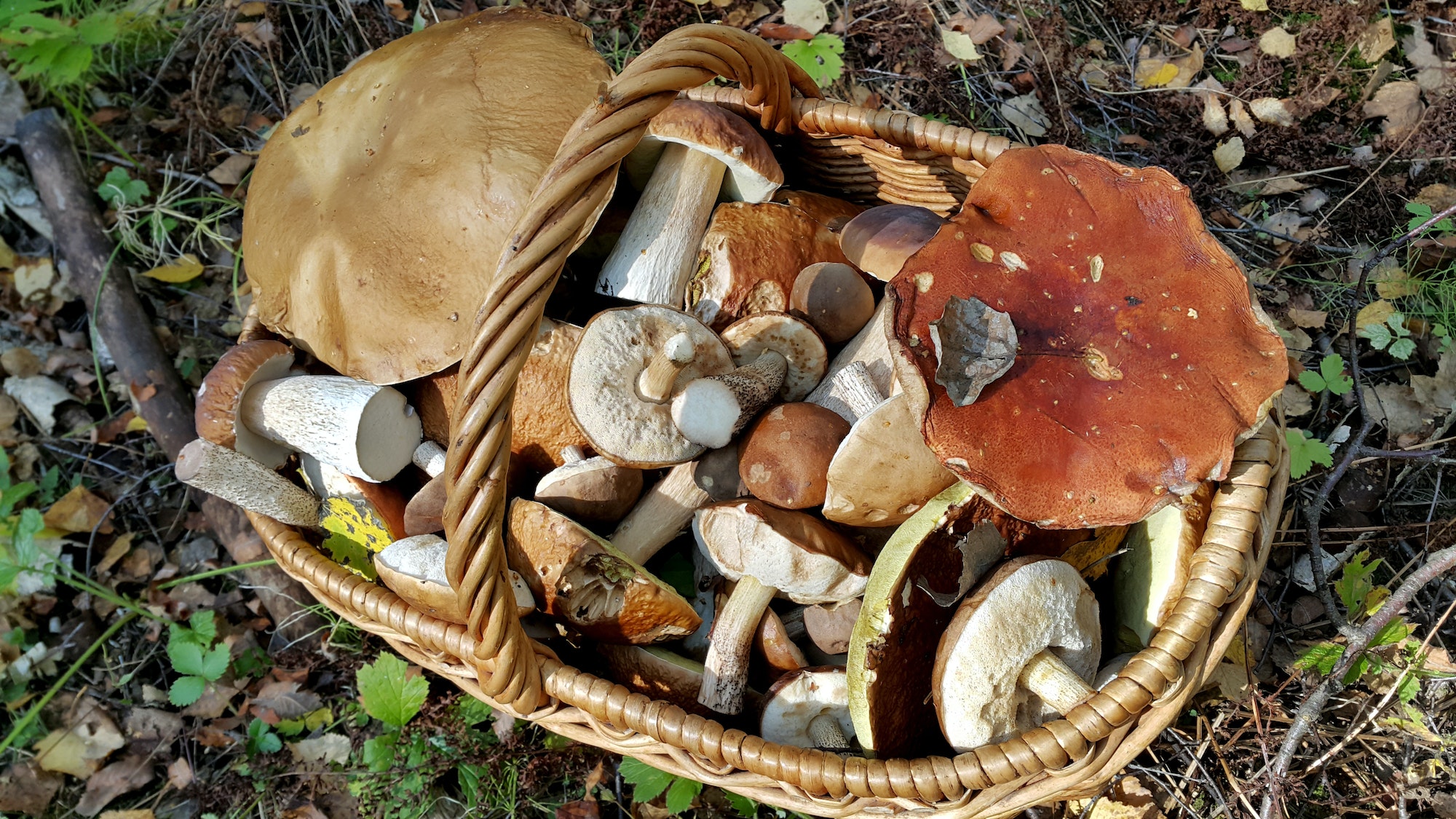Foraging for wild ingredients has become increasingly popular in recent years, with many top chefs and home cooks alike seeking out the unique flavors and textures that can be found in nature. Wild mushrooms, truffles, and other gourmet ingredients can add an exciting twist to any dish, but it’s important to be aware of the legal considerations and sustainable practices involved in foraging to ensure that you’re not damaging the environment or breaking the law.
One of the most important factors to consider when foraging is whether you have permission to do so. In many countries, including the United States, it’s illegal to remove plants or fungi from public lands without a permit. This includes national parks, state parks, and other protected areas. Even on private land, you should always seek permission from the landowner before foraging. Be aware that some states also have specific regulations around harvesting wild mushrooms and other fungi, so it’s essential to familiarize yourself with local laws and guidelines.
Sustainable foraging practices are crucial to ensuring that wild resources can continue to be enjoyed by future generations. One key principle is to only take what you need and leave enough behind for others (including wildlife) to enjoy. This might mean harvesting only a small fraction of a patch of mushrooms or leaving some truffles behind for animals who rely on them as a food source.
Another important aspect of sustainable foraging is being able to accurately identify the species you’re harvesting. Many wild plants and fungi have lookalikes that can be toxic or even deadly if consumed. It’s essential to be 100% certain of your identification before consuming any wild ingredients. Investing in a good field guide and attending workshops or classes can help you become more confident in your identification skills.
When harvesting wild mushrooms, it’s vital to use a knife or other cutting tool rather than pulling the mushroom up by its roots. This helps to preserve the mycelium (the underground network of fungal threads) and ensures that more mushrooms can grow in the future. Similarly, when foraging for plants, it’s best to only take a small portion of the plant (such as a few leaves or flowers) rather than uprooting the entire plant.
In addition to the legal and environmental considerations, it’s also important to think about the ethical implications of foraging. Some indigenous cultures have a deep connection to the land and its resources, and may view foraging by outsiders as an infringement on their rights. It’s essential to be respectful of local customs and beliefs, and to consider whether your actions might be causing harm or offense to others.
Finally, it’s crucial to practice good hygiene when foraging for wild ingredients. This involves washing your hands before and after handling any wild foods, as well as cleaning any tools or containers you use during the process. Be sure to thoroughly wash any wild ingredients before consuming them, as they may have come into contact with pesticides, pollution, or other contaminants.
In conclusion, foraging for gourmet ingredients like wild mushrooms and truffles can be an exciting and rewarding experience, but it’s essential to be aware of the legal considerations and sustainable practices involved. By following these guidelines, you can enjoy the unique flavors of wild foods while ensuring that you’re protecting the environment and respecting local laws and customs.

